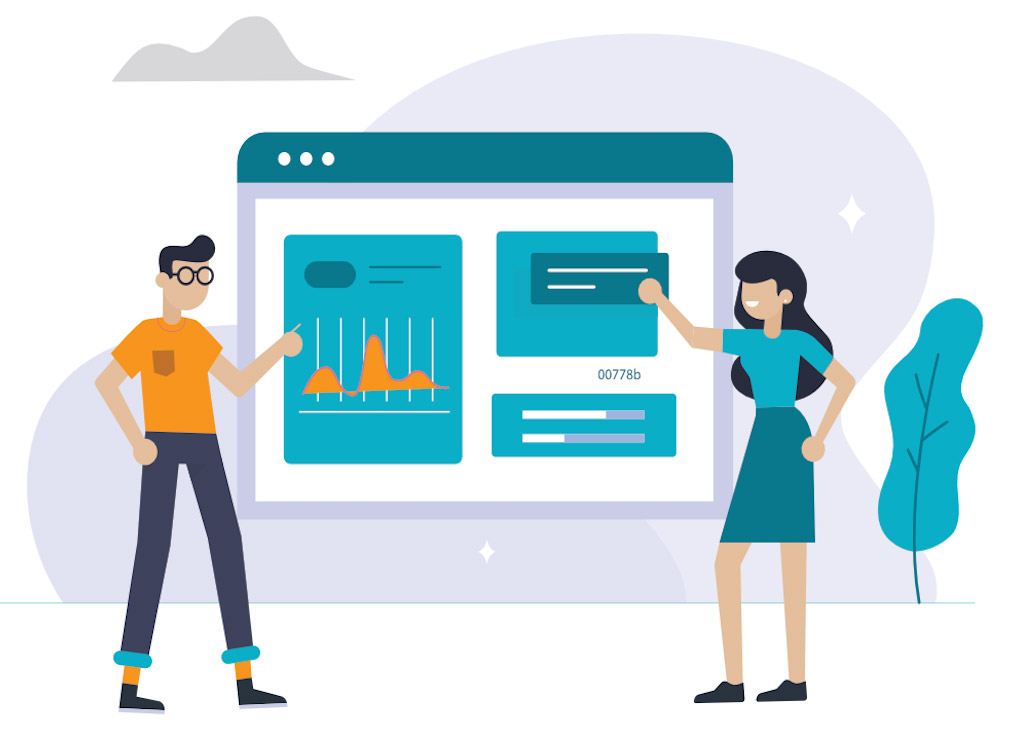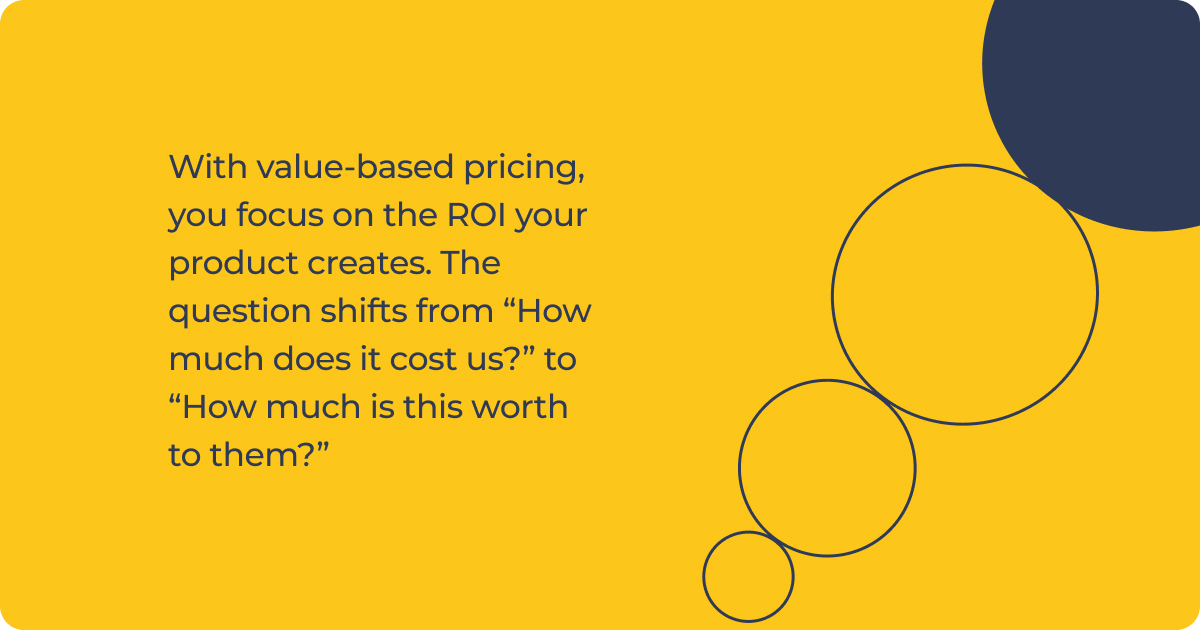In the world of Managed Service Providers (MSPs), pricing and billing often mirror the breadth and complexity of the services themselves—multi-layered and rarely one-size-fits-all.
Many reach a breaking point when faced with mounting manual work, scattered data, and error-prone workflows. Entitled revenue is often lost due to billing errors and leakage.
I’d like to explore how business-rule-driven automation turns this complexity into control, transforming billing from a bottleneck into a strategic advantage.
The old way: manual processes and process manuals
MSP invoicing processes are technically functional but often far from scalable. They're heavily reliant on manual effort, vulnerable to human error, and structured around legacy habits rather than optimized workflows.
It begins with someone on the team handling one or more spreadsheets each month to collect data about the services a customer used in the previous month.
This data originates from various devices, platforms, and services, ranging from hardware and software usage to time tracking and support systems. It’s often manually exported, a process that takes time from multiple people.
Some MSPs have invested in automation to gather this data.
This data must then be cleaned: say test devices removed, non-billable items filtered out, all according to the rules set in the original customer contract. Contracts that vary from customer to customer.
Service managers or delivery/product managers review the pricing terms of customer contracts, taking note of any volume changes and the corresponding price tiers.
After manual adjustments, the data would finally be copied or imported into the invoicing system, followed by checks and corrections. A report is generated and reviewed with the customer, and if errors are discovered, the invoice would need to be credited and redone.
These process steps often rely on the knowledge of the participants involved, or, at best, are documented in a manual for substitutes and all involved.
But this doesn’t have to be the norm—there is a better way forward.
From processmanuals to digital modeling: making pricing and billing rules executable
One of the most significant shifts for MSPs seeking to modernize their billing processes is modeling the data-handling, pricing, and billing rules in an end-to-end revenue management system, instead of documenting them in a manual. This transformation turns a traditionally manual and error-prone process steps into a highly automated workflow that reduces overhead and ensures consistency.
With a revenue management software in place, even complex scenarios, such as those involving dozens or even hundreds of data sources and packaged or shared services, can be simplified. Whether it’s a straightforward setup like a ServiceNow CMDB, or a multi-source environment pulling data from over 100 systems, the MSP revenue management software is designed to handle varying degrees of complexity without compromise. It doesn't matter whether there’s one system or many. The data is ingested and normalized, and the rules then take over the automated process.




Business-rule-based automation:a systematic engine for billing intelligence
As data comes in, different types of rules—data-handling rules, pricing rules, billing rules, and accounting rules—are applied to process it.
The data-handling rules are powerful because they don’t require a single data format. The system can orchestrate logic across different inputs, whether it's checking server data, backup data, or CPU usage, and apply complex data-handling logic conditionally.
- This is where business rule-based automation truly shines: Instead of relying on memory, or manuals, or spreadsheets to track whether a test user should be excluded or if certain hours should be zero-rated, the system applies pricing rules dynamically. These may include instructions like:Charge the minimum package price regardless of actual usage
- Apply the correct volume or tier pricing based on this month’s usage level.
- Apply a fixed monthly discount regardless of time trackedSet a €0 charge for all test users.These aren’t theoretical capabilities. They’re drawn from actual service provider practices. The reality is that MSPs rarely have one-size-fits-all pricing. Each client may have a different set of services, and some pricing terms vary per customer and change come over time. While some smaller MSPs may be able to simplify their pricing models, others handle extensive rule sets to meet customer-specific requirements.
Continuous charging, real-time monitoring, and accounting integration
In this modernized model, charges aren’t just calculated once a month. The end-to-end revenue management software supports continuous pricing: as data comes in—even hourly—data-handling rules are triggered first, followed by pricing logic to create charges. This allows teams to track “gap to close” scenarios throughout the month: "It’s the 22nd—should we have €100k of billing? We only have €50k. What's missing?"
With this live overview, users can spot gaps, identify missing data, and prevent revenue leakage.
At the same time, accounting rules can be applied to allocate costs to the correct projects, cost centers, or business units. Whether it’s a fixed percentage of VPN services routed to a responsible support team, the system supports detailed accounting mappings alongside invoicing.
Even billing rules like issuing advance invoices are handled within the same rule-based logic. Monitoring mechanisms can track whether expected files have been received, or flag significant deviations in monthly billing trends.
And it doesn’t stop at customer billing. The same business-rule automation capabilities also power internal processes like intercompany invoicing between subsidiaries, , and commissions to sales partner, and payments to supplier partners, ensuring that even the most complex financial flows can be automated and kept audit-ready.
The magic potion: why rules are the core of excellence in MSP billing
What sets this approach apart is the underlying philosophy: billing isn't just about sending invoices. It’s about interpreting contracts digitally, understanding service delivery, and converting that into accurate, timely, and auditable financial outcomes. The rule engine becomes the “magic potion”, providing a flexible, centralized way to encode business knowledge and apply it consistently.
Unlike traditional ERP systems that lock pricing to product codes or packages, this MSP revenue management software separates productive items from sellable items. That flexibility is critical when the same service may be priced differently based on, for example, volume or contractual nuances. Another example, not all existing contracts are changed, if a new price is to be offered to new customers.
Instead of maintaining dozens or hundreds of nearly identical product codes to represent subtle pricing differences, MSPs need to be able to rely on business rules that apply discounts, apply thresholds, or calculate pricing slots based on live data, like the number of active users.
By embedding logic into systems rather than people or documents, MSPs not only reduce errors and overhead: they future-proof their operations. Business-rule-based automation brings structure to complexity, making even the most tailored service agreements scalable. In a business where precision, trust, and transparency are everything, the ability to automate with intelligence isn’t just operationally smart—it’s a competitive edge.



%20Billing-%20Fix%20Your%20Data%20Mediation%20Issues-1.jpg)